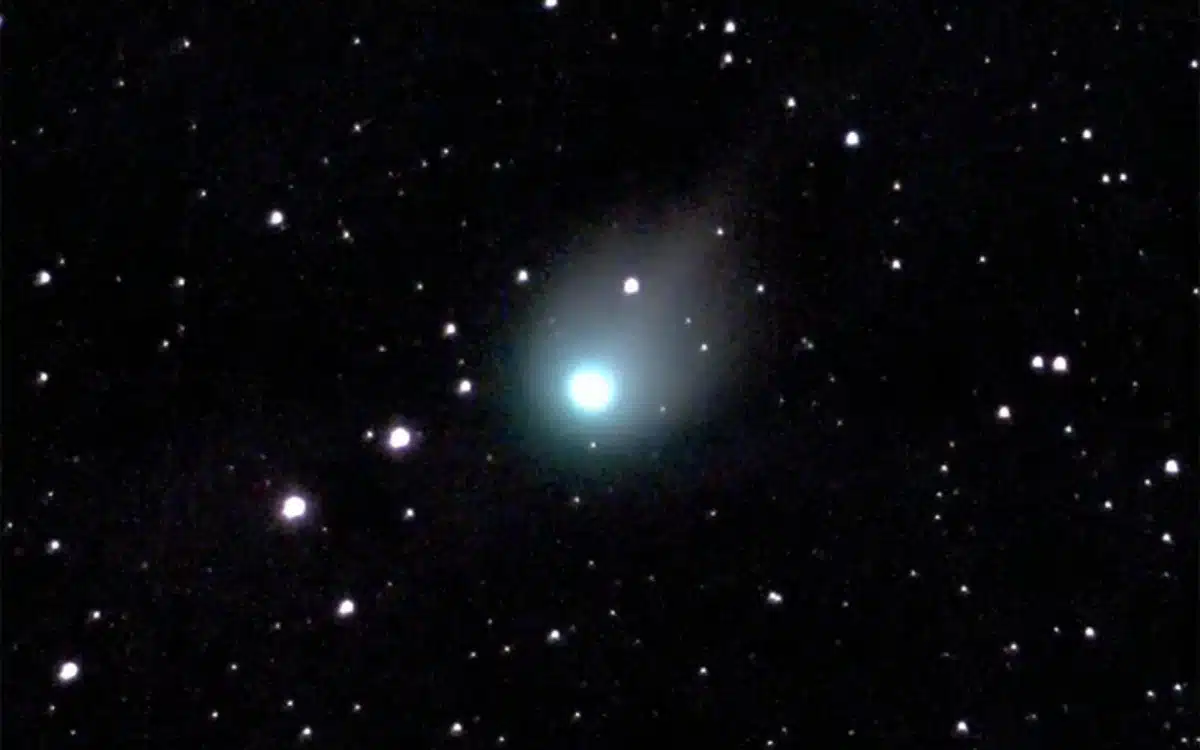Man spots ‘once in a lifetime comet’ from the top of his garage roof
- Paul Mason captured a ‘once in a lifetime’ comet from the top of his garage roof
- He spotted Comet 12P/Pons-Brooks in Melbourne, Derbyshire, using a smart telescope
- The comet only passes by the Earth every 71 years
Published on Apr 03, 2024 at 7:18 PM (UTC+4)
by Adam Gray
Last updated on Apr 04, 2024 at 6:04 PM (UTC+4)
Edited by
Tom Wood
A man in the United Kingdom caught a glimpse of a ‘once in a lifetime’ comet from the top of his garage roof.
Paul Mason spotted Comet 12P/Pons-Brooks in Melbourne, Derbyshire on Monday, April 1, using a smart telescope.
According to the National Space Centre (NSC), it’s a once – or maybe twice – in a lifetime chance to see it, as it only passes by Earth every 71 years.
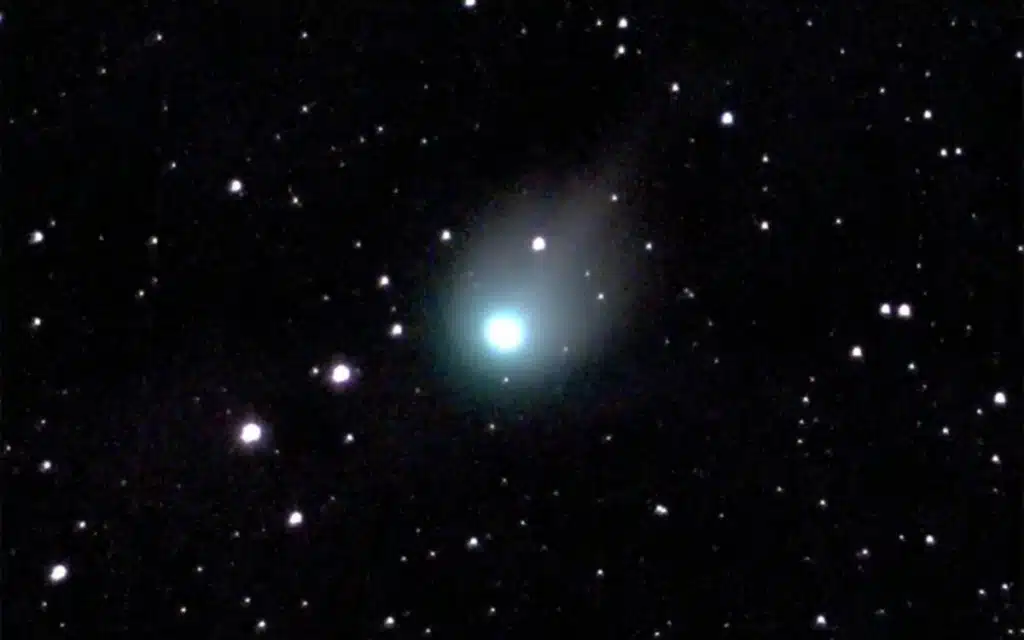
READ MORE! Panoramic image from NASA’s Mars Rover transforms our understanding of the Red Planet
You won’t have to wait as long to catch the 2024 solar eclipse, though, as Delta Airlines is offering a path-of-totality flight to watch it at 30,000 ft.
And speaking of time – NASA is creating a new time for the Moon that’ll be different from Earth’s.
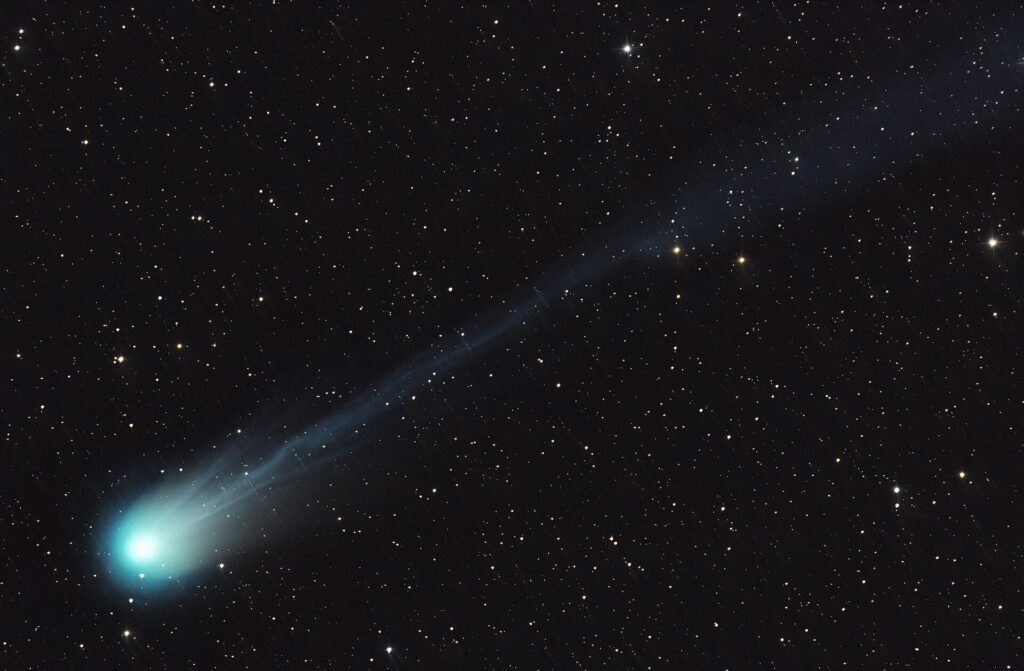
But back to the comet.
The comet, also known as the ‘Devil’s Comet’, was discovered by Jean-Louis Pons in 1812, and then again by William Robert Brooks on its subsequent appearance in 1883.
Because of that, it has been named after the two discoverers.
“I won’t ever see it again, so I’m delighted I captured it,” Mason said.
“I had to put my smart scope on top of my garage as its visibility is so low on the horizon,” he said.
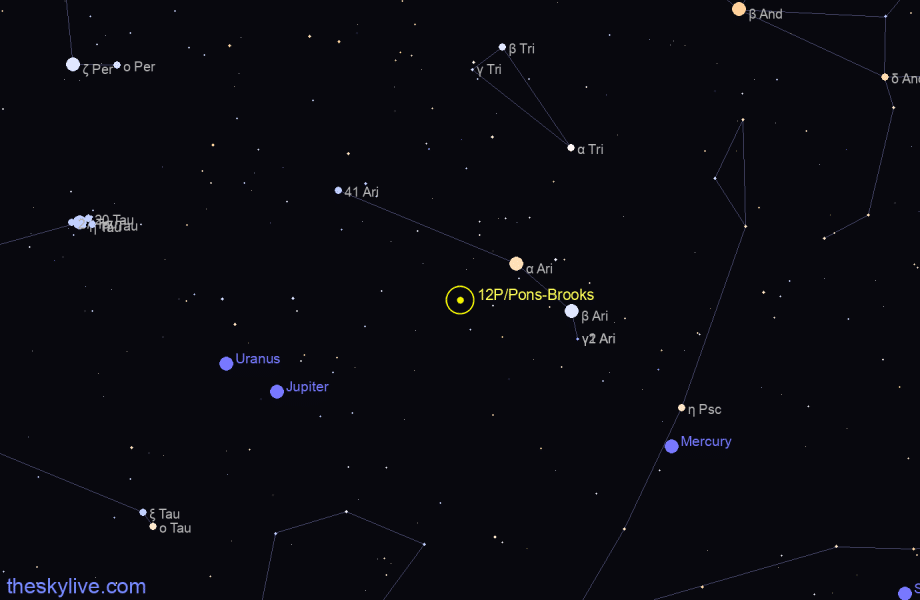
Bigger than Mount Everest, the comet is made of ice and dust, meaning it leaves its bright green tail behind as it is heated by the Sun.
It’s also classed as a cryovolcanic comet, which means it has an icy volcano that erupts dust, gases, and ice when pressure builds inside as it is heated.
According to the NSC, the comet could become ‘naked-eye visible’ over the coming weeks, with it being brightest on April 21.
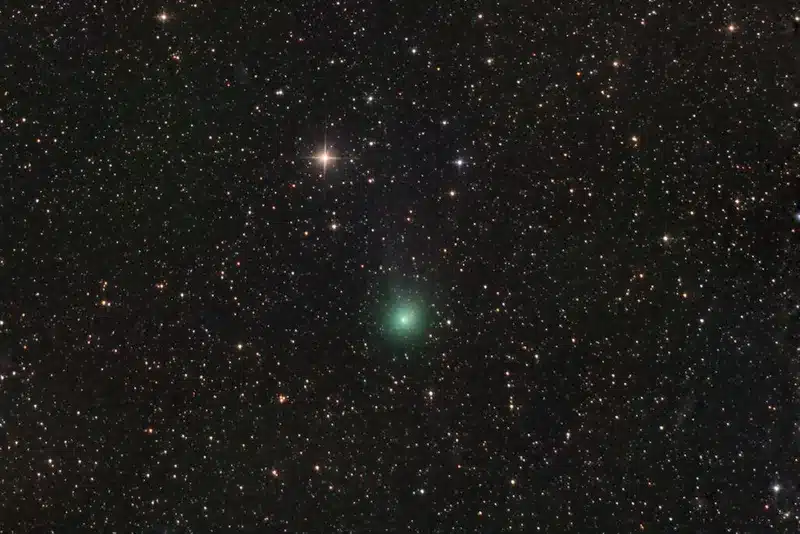
That being said, it will become less visible due to the increasing daylight hours into the evening.
“Use binoculars or a telescope to look for a ‘fuzzy star’ to the right of Jupiter, low in the west as twilight deepens,” the NSC advised anyone wishing to catch sight of the rare comet.
If you miss it this time round, you’ll have to wait until summer 2095 to catch it again.
DISCOVER SBX CARS: The global premium car auction platform powered by Supercar Blondie

Adam Gray is an experienced freelance motoring journalist and content creator based in the United Kingdom. Using his media accreditation with manufacturers’ press offices, Adam test drives the latest cars and attends new vehicle press launches, producing written reviews and news pieces for a variety of lifestyle and business publications. Here at Supercar Blondie, Adam applies his journalistic skills penning social-first content around current news and trends. When he’s not behind the wheel of the latest car or writing up another viral story, Adam can be found at his local rink playing ice hockey or at the Riverside Stadium supporting his beloved Middlesbrough FC.
